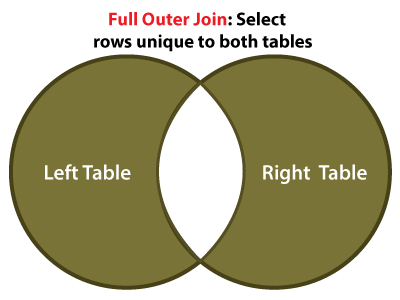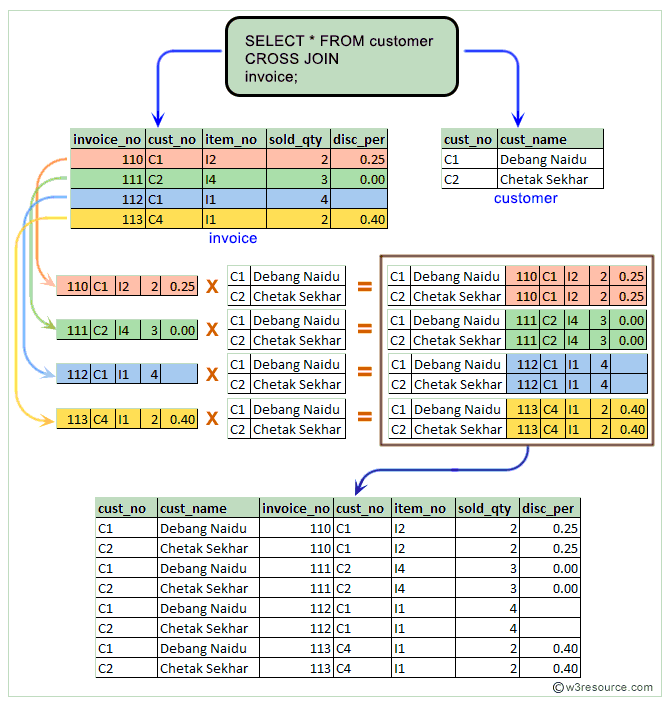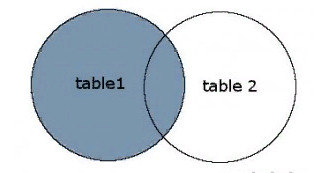

Yet, while MongoDB does not support joins, it does allow indexes, which is a necessary feature of joins. That’s awkward to maintain in a transactional system but would work well for other types of systems. Contrast that with a SQL database where you must define its structure before you put data. A JOIN is a means for combining fields from two tables by using values common to each.

Unlike PostgreSQL and other RDMBS, a JSON database, like MongoDB, has no schema so you can put anything into it. The PostgreSQL Joins clause is used to combine records from two or more tables in a database. Transactiondate, postdate, description, category, type ,amount ) VALUES ('10-July-2020', '10-July-2020', 'coffee shop', 'restaurants', 4.50) select category, sum(amount) from chase group by category You are now connected to database "expenses" as user "postgres". Here is how you create a table and schema in PostgreSQL: create table expenses ( Lets look at a selection from the Orders. Then you use the slash (\) to run commands that are not SQL commands. A JOIN clause is used to combine rows from two or more tables, based on a related column between them. You log into it like this: sudo su - psql The PostgreSQL shell is slightly different from Oracle or MySQL. You cannot add data to it unless the data column already exists. A traditional RDBMSĪ traditional RDBMS (relational database management system), such as PostgreSQL, has a script schema and requires a primary key. Use the right-hand menu to navigate.) PostgreSQL (This article is part of our MongoDB Guide. This isnt just beneficial for ease of querying: a lack of join.
#Postgresql joins free#
Even the free version includes free cloud monitoring hosted on their site for your local installation. Joining allows you to combine related information from multiple tables to answer a question. MongoDB has a free version, but they also have hosted and enterprise paid versions. MongoDB is a no-schema, noSQL, JSON database. As, using the same table name for comparison is not allowed in PostgreSQL, we use aliases to set different names of the same table during self-join.

It comes in handy when comparing the column of rows within the same table. PostgreSQL is a traditional RDBMS (relational database management system) SQL database, like Oracle and MySQL. PostgreSQL has a special type of join called the SELF JOIN which is used to join a table with itself. If it's not for some reason to do with SQL's deeper architecture, I'd like to understand why.In this article, we compare MongoDB and PostgreSQL. This feels like a more correct & less wasteful way to do it.

In the past I've done operations like this by doing two SELECTS, one of which is against the item_templates table, the other against the unique_items table, and taken their UNION. Or if this is something you can't do conceptually - have each row choose its own join - I'd love to get a link to a deeper explanation. If there's a quick fix for the syntax, I'd love to hear it. This is the sort of thing I've been trying, without success: SELECT item_table, item_id, * So when I find a record of an item in the item_instances table, I want to look up more information about it, and I need to pull that info from the correct table. They are now stored in the unique_items table. Say I've got a table of item_instances in my game, of all the items in the game world, and some of the items are cookie-cutter copies of generic items from the item_templates table, and other items started off as templates, and then acquired unique properties as players used them. I'm attempting to use a CASE expression to select which table each row should be joined with.


 0 kommentar(er)
0 kommentar(er)
